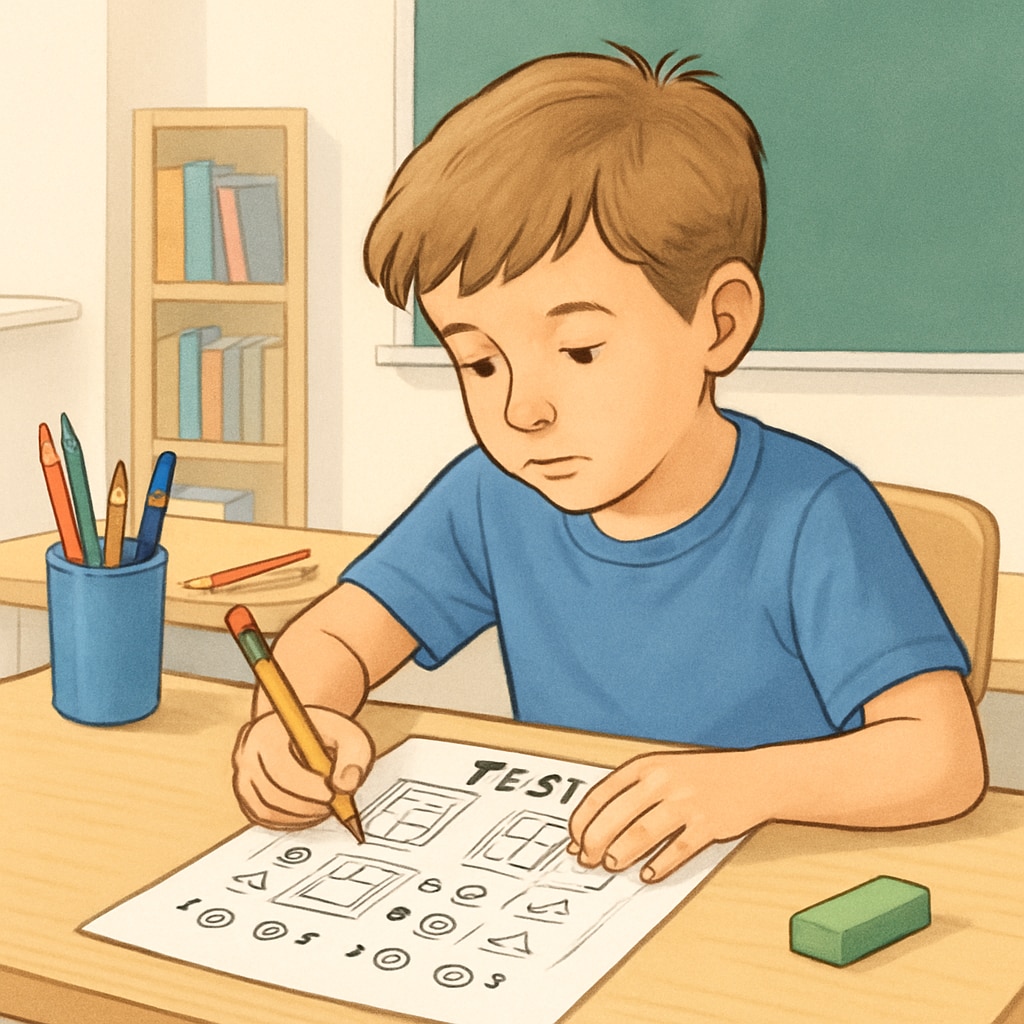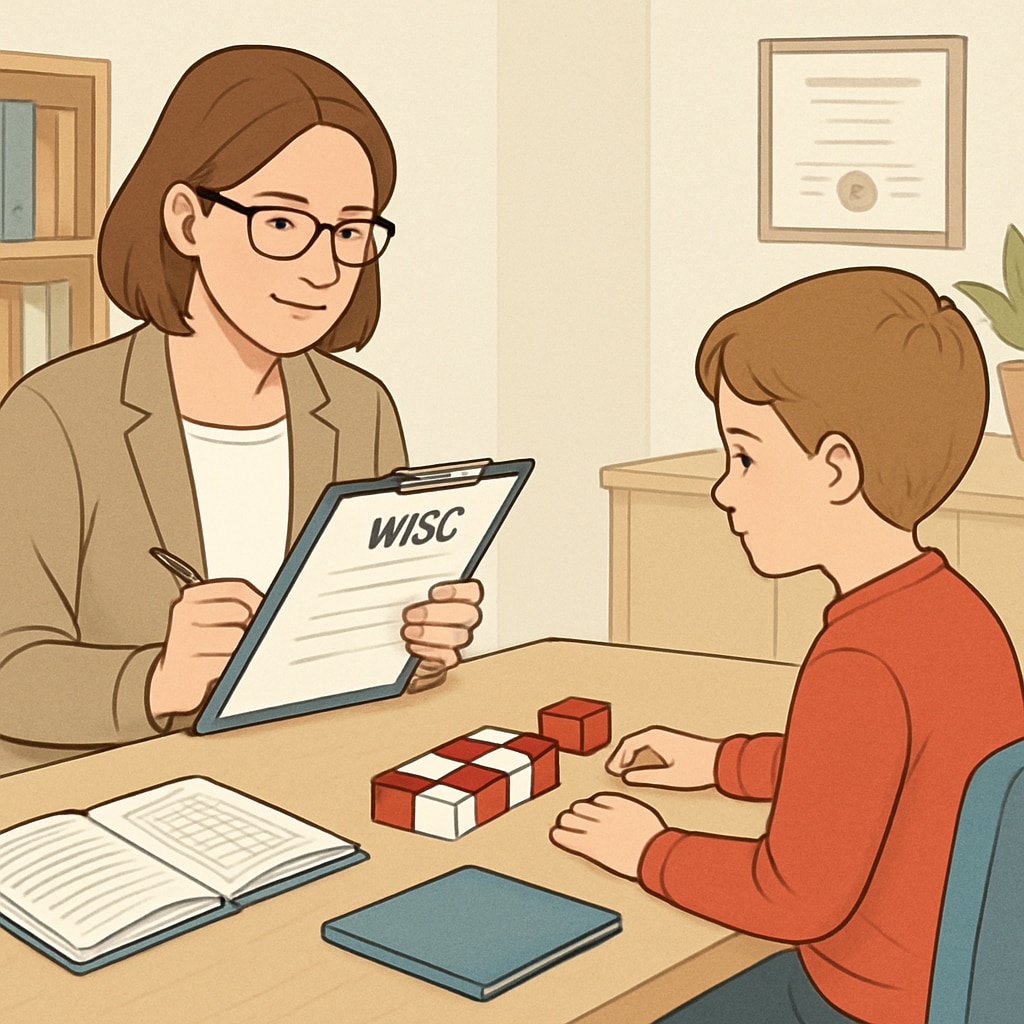Understanding a child’s unique potential can be a pivotal step in guiding their educational and personal development. Tools like CogAT (Cognitive Abilities Test) and WISC (Wechsler Intelligence Scale for Children) are among the most widely used methods for talent assessment. These tests, designed to evaluate different aspects of intelligence and ability, provide essential insights for parents and educators. This article explores the characteristics of CogAT and WISC, discusses their applications, and compares their strengths in identifying children’s talents.
CogAT: A Tool for Cognitive Abilities Assessment
The Cognitive Abilities Test, or CogAT, is a standardized test that measures a child’s reasoning abilities across three domains: verbal, quantitative, and non-verbal. This tool is particularly useful for identifying children with advanced thinking skills, even if their academic performance does not yet reflect their capabilities. By assessing these areas, CogAT helps uncover potential in problem-solving, logical reasoning, and spatial awareness.
- Verbal reasoning: Measures language-based reasoning skills, including understanding relationships between words and concepts.
- Quantitative reasoning: Focuses on numerical problem-solving and understanding mathematical principles.
- Non-verbal reasoning: Evaluates spatial and abstract reasoning through patterns and shapes.
CogAT is often used in gifted and talented program evaluations due to its ability to highlight advanced intellectual abilities. However, it should be noted that this test does not assess emotional or social intelligence.

WISC: A Comprehensive Intelligence Measure
The Wechsler Intelligence Scale for Children (WISC) is another highly respected tool for evaluating a child’s cognitive abilities. Unlike CogAT, WISC provides a detailed breakdown of intelligence through subtests that assess verbal comprehension, visual-spatial processing, fluid reasoning, working memory, and processing speed. This broad scope makes WISC particularly effective for diagnosing learning disabilities, identifying intellectual strengths, and tailoring educational strategies.
Key components of WISC include:
- Verbal comprehension: Measures the ability to understand and express information using language.
- Visual-spatial processing: Tests spatial reasoning skills and the ability to visualize and manipulate objects mentally.
- Fluid reasoning: Evaluates problem-solving and logical thinking in novel situations.
- Working memory: Assesses the ability to hold and process information temporarily.
- Processing speed: Measures the speed and accuracy of basic mental tasks.
Because WISC provides a detailed profile of cognitive abilities, it is widely used by psychologists and educators to develop individualized plans that support a child’s unique needs.

Choosing the Right Test for Your Child
Deciding between CogAT and WISC largely depends on the purpose of the assessment. If you are seeking to identify giftedness or advanced reasoning skills, CogAT might be the better choice. On the other hand, if you need a comprehensive evaluation of cognitive strengths and weaknesses or suspect potential learning difficulties, WISC is more appropriate.
Additionally, it is important to consult with qualified professionals when selecting and interpreting these tests. Both CogAT and WISC should be administered by trained educators or psychologists who can provide context and guidance based on the results. For example, CogAT scores might highlight a child’s potential for creative problem-solving, while WISC results could uncover challenges in working memory that require targeted support.
Ultimately, both tools are invaluable in helping parents and educators unlock a child’s potential. By understanding their unique abilities, children can be better supported in their educational journey, ensuring they thrive both academically and personally.
Readability guidance: Use short paragraphs and bullet points to summarize key aspects of each test. Maintain a balance of technical terms and accessible language to ensure the content is suitable for both professionals and parents. Incorporate transitions to connect ideas smoothly.


